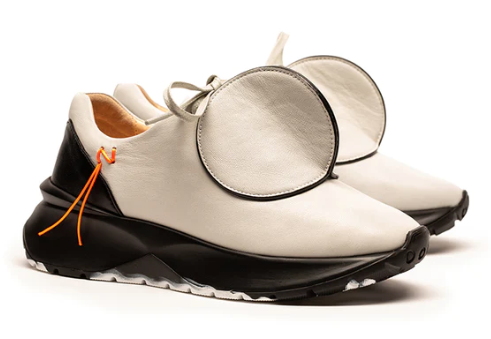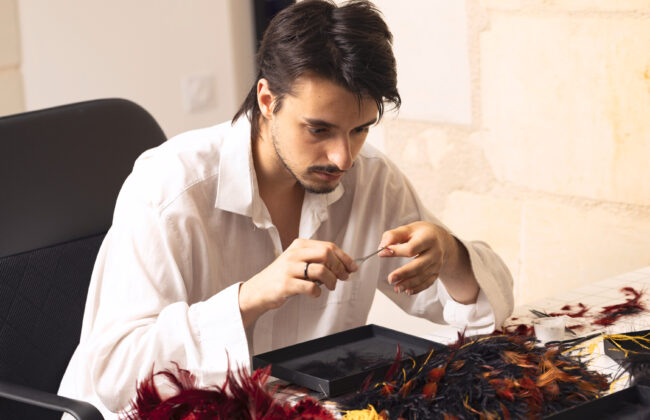About
Original forms seen in the Tracey Neuls collections are all sculpted by Neuls herself. This is rare; creating atelier quality, craftsmanship and individuality in a world where this is often overlooked. This Canadian-born, London-based designer launched her brand in 2000 and is known for her confident silhouettes that embody a sense of timelessness. With over 40 iconic collections to date, Neuls is a true expert in footwear. The authenticity of design conceptualised with an in-depth knowledge of the craft is irreplaceable.
Having an emotional connection to her footwear is as important as how they feel and look. Crafting them by hand is an essential part of her innovative and original shoe design. Any new form is first conceived through moulding plasticine, the smell reminding Neuls of a child-like innocence where the inspirations go from the heart to the hands.
With a background in textiles and clothing design, Neuls incorporates these techniques into her shoe design without the fear of transgressing established conventions. Inserting textiles into the sole unit with results unique to every pair, hand-stitching, draping or ruching leather are her original techniques that cross the boundaries and assumed limitations of footwear design. The heel covered with leather hand-draped from the upper down in one piece are Neuls creations from over 15 years ago that have since been influence to a standard construction in the footwear industry.
Noticing that the top of the foot is an area that is very standardised in footwear making, Neuls saw the void above and conceptualised how handcrafting could be worked into the process of making. Her iconic circle detail was born, looking at graphic lines and silhouettes rather than the shoe itself. DOT is her latest rendition.
When it comes to the very source of her creations, Tracey’s inspirations remain personal, conceptual and rebellious. A crucial point in her everyday practice as a designer is the simple act of looking. Paying attention to the minutiae of life, such as the forms and functions of stationary tools, she can draw references from elements of the quotidian that are usually taken for granted.








